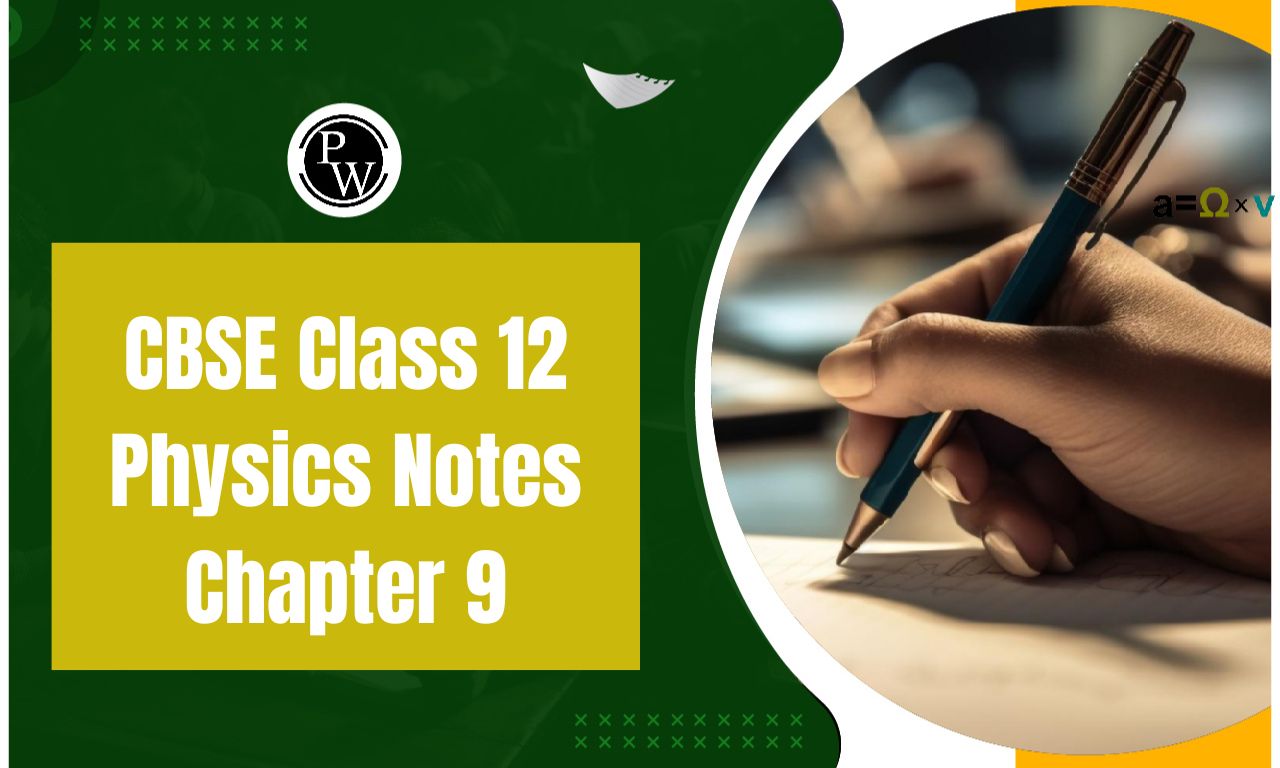Marginal Cost
Marginal cost represents the instantaneous rate of change of the total cost at any level of output. If C(x) represents the cost function for x units produced, then marginal cost (MC) is given byMarginal Revenue
Marginal revenue represents the rate of change of total revenue with respect to the number of items sold at an instant. If R(x) is the revenue function for x units sold, then marginal revenue (MR) is given by Let I be an open interval contained in the domain of a real valued function f. Then, f is said to be- increasing on I, if x 1 < x 2 in I ⇒ f(x 1 ) ≤ f(x 2 ), ∀ x 1 , x 2 ∈ I.
- strictly increasing on I, if x 1 < x 2 in I ⇒ f(x 1 ) < f(x 2 ), ∀ x 1 , x 2 ∈ I.
- decreasing on I, if x 1 < x 2 in I ⇒ f(x 1 ) ≥ f(x 2 ), ∀ x 1 , x 2 ∈ I.
- strictly decreasing on I, if x 1 < x 2 in f(x 1 ) > f(x 2 ), ∀ x 1 , x 2 ∈ I.
- f is increasing in [a, b] if f'(x) > 0 for each x ∈ (a, b).
- f is decreasing in [a, b] if f'(x) < 0 for each x ∈ (a, b).
- f is a constant function in [a, b], if f'(x) = 0 for each x ∈ (a, b).
Monotonic Function
A function which is either increasing or decreasing in a given interval I, is called monotonic function.Approximation: Let y = f(x) be any function of x. Let Δx be the small change in x and Δy be the corresponding change in y.
i.e. Δy = f(x + Δx) – f(x).Then, dy = f'(x) dx or dy = d y d x Δx is a good approximation of Δy, when dx = Δx is relatively small and we denote it by dy ~ Δy. Note: (i) The differential of the dependent variable is not equal to the increment of the variable whereas the differential of the independent variable is equal to the increment of the variable. (ii) Absolute Error The change Δx in x is called absolute error in x.Tangents and Normals
Slope: (i) The slope of a tangent to the curve y = f(x) at the point (x 1 , y 1 ) is given by
(ii) The slope of a normal to the curve y = f(x) at the point (x 1 , y 1 ) is given by Note: If a tangent line to the curve y = f(x) makes an angle θ with X-axis in the positive direction, then d y d x = Slope of the tangent = tan θ. dxEquations of Tangent and Normal
The equation of tangent to the curve y = f(x) at the point P(x 1 , y 1 ) is given by y – y 1 = m (x – x 1 ), where m = d y d x at point (x 1 , y 1 ). The equation of normal to the curve y = f(x) at the point Q(x 1 , y 1 ) is given by y – y 1 = − 1 m (x – x 1 ), where m = d y d x at point (x 1 , y 1 ). If slope of the tangent line is zero, then tanθ = θ, so θ = 0, which means that tangent line is parallel to the X-axis and then equation of tangent at the point (x 1 , y 1 ) is y = y 1 . If θ → π 2 , then tanθ → ∞ which means that tangent line is perpendicular to the X-axis, i.e. parallel to the Y-axis and then equation of the tangent at the point (x 1 , y 1 ) is x = x 0 .Maximum and Minimum Value
Let f be a function defined on an interval I. Then, (i) f is said to have a maximum value in I, if there exists a point c in I such that f(c) > f(x), ∀ x ∈ I. The number f(c) is called the maximum value of f in I and the point c is called a point of a maximum value of f in I. (ii) f is said to have a minimum value in I, if there exists a point c in I such that f(c) < f(x), ∀ x ∈ I. The number f(c) is called the minimum value of f in I and the point c is called a point of minimum value of f in I. (iii) f is said to have an extreme value in I, if there exists a point c in I such that f(c) is either a maximum value or a minimum value of f in I. The number f(c) is called an extreme value off in I and the point c is called an extreme point.Local Maxima and Local Minima
(i) A function f(x) is said to have a local maximum value at point x = a, if there exists a neighbourhood (a – δ, a + δ) of a such that f(x) < f(a), ∀ x ∈ (a – δ, a + δ), x ≠ a. Here, f(a) is called the local maximum value of f(x) at the point x = a. (ii) A function f(x) is said to have a local minimum value at point x = a, if there exists a neighbourhood (a – δ, a + δ) of a such that f(x) > f(a), ∀ x ∈ (a – δ, a + δ), x ≠ a. Here, f(a) is called the local minimum value of f(x) at x = a. The points at which a function changes its nature from decreasing to increasing or vice-versa are called turning points. Note: (i) Through the graphs, we can even find the maximum/minimum value of a function at a point at which it is not even differentiable. (ii) Every monotonic function assumes its maximum/minimum value at the endpoints of the domain of definition of the function. Every continuous function on a closed interval has a maximum and a minimum value. Let f be a function defined on an open interval I. Suppose cel is any point. If f has local maxima or local minima at x = c, then either f'(c) = 0 or f is not differentiable at c.Critical Point: A point c in the domain of a function f at which either f'(c) = 0 or f is not differentiable, is called a critical point of f.
First Derivative Test: Let f be a function defined on an open interval I and f be continuous of a critical point c in I. Then,
- if f'(x) changes sign from positive to negative as x increases through c, then c is a point of local maxima.
- if f'(x) changes sign from negative to positive as x increases through c, then c is a point of local minima.
- if f'(x) does not change sign as x increases through c, then c is neither a point of local maxima nor a point of local minima. Such a point is called a point of inflection.
Second Derivative Test: Let f(x) be a function defined on an interval I and c ∈ I. Let f be twice differentiable at c. Then,
(i) x = c is a point of local maxima, if f'(c) = 0 and f”(c) < 0. (ii) x = c is a point of local minima, if f'(c) = 0 and f”(c) > 0. (iii) the test fails, if f'(c) = 0 and f”(c) = 0. Note (i) If the test fails, then we go back to the first derivative test and find whether a is a point of local maxima, local minima or a point of inflexion. (ii) If we say that f is twice differentiable at o, then it means second order derivative exists at a.Absolute Maximum Value: Let f(x) be a function defined in its domain say Z ⊂ R. Then, f(x) is said to have the maximum value at a point a ∈ Z, if f(x) ≤ f(a), ∀ x ∈ Z.
Absolute Minimum Value: Let f(x) be a function defined in its domain say Z ⊂ R. Then, f(x) is said to have the minimum value at a point a ∈ Z, if f(x) ≥ f(a), ∀ x ∈ Z.
Note: Every continuous function defined in a closed interval has a maximum or a minimum value which lies either at the end points or at the solution of f'(x) = 0 or at the point, where the function is not differentiable. Let f be a continuous function on an interval I = [a, b]. Then, f has the absolute maximum value and/attains it at least once in I. Also, f has the absolute minimum value and attains it at least once in I.Class 12 Chapter 6 Applications of Derivatives Important Questions with Solutions
Here are important questions with solutions of Class 12 Chapter 6 Applications of Derivatives-Question 1:
For the given curve: y = 5x – 2x 3 , when x increases at the rate of 2 units/sec, then how fast is the slope of curve changes when x = 3?Solution:
Given that, y = 5x – 2x 3 Then, the slope of the curve, dy/dx = 5-6x 2 ⇒d/dt [dy/dx]= -12x. dx/dt = -12(3)(2) = -72 units per second Hence, the slope of the curve is decreasing at the rate of 72 units per second when x is increasing at the rate of 2 units per second.Question 2:
Show that the function f(x) = tan x – 4x is strictly decreasing on [-π/3, π/3]Solution:
Given that, f(x) = tan x – 4x Then, the differentiation of the function is given by: f’(x)= sec 2 x – 4 When -π/3 <x π/3, 1<sec x <2 Then, 1<sec 2 x <4 Hence, it becomes -3 < (sec 2 x-4)<0 Hence, for -π/3 <x π/3, f’(x)<0 Therefore, the function “f” is strictly decreasing on [-π/3, π/3]Question 3:
A stone is dropped into a quiet lake and waves move in the form of circles at a speed of 4 cm/sec. At the instant, when the radius of the circular wave is 10 cm, how fast is the enclosed area increasing?Solution:
We know that the area of a circle with radius “r” is given by A = πr 2 . Hence, the rate of change of area “A’ with respect to the time “t” is given by: dA/dt = (d/dt) πr 2 By using the chain rule, we get: (d/dr)(πr 2 ). (dr/dt) = 2πr.(dr/dt) It is given that, dr/dt = 4 cm/sec Therefore, when r = 10 cm, dA/dt = 2π. (10). (4) dA.dt = 80 π Hence, when r = 10 cm, the enclosing area is increasing at a rate of 80π cm 2 /sec.Question 4:
What is the equation of the normal to the curve y = sin x at (0, 0)? (a)x =0 (b) y=0 (c)x+y =0 (d)x-y=0Solution:
A correct answer is an option (c)Explanation:
Given that, y = sin x Hence, dy/dx = cos x Thus, the slope of the normal = (-1/cos x) x =0 = -1 Therefore, the equation of the normal is y-0 = -1(x-0) or x+y=0 Hence, the correct solution is option c.Question 5:
Determine all the points of local maxima and local minima of the following function: f(x) = (-¾)x 4 – 8x 3 – (45/2)x 2 + 105Solution:
Given function: f(x) = (-¾)x 4 – 8x 3 – (45/2)x 2 + 105 Thus, differentiate the function with respect to x, we get f ′ (x) = –3x 3 – 24x 2 – 45x Now take, -3x as common: = – 3x (x 2 + 8x + 15) Factorise the expression inside the bracket, then we have: = – 3x (x +5)(x+3) f ′ (x) = 0 ⇒ x = –5, x = –3, x = 0 Now, again differentiate the function: f ″(x) = –9x 2 – 48x – 45 Take -3 outside, = –3 (3x 2 + 16x + 15) Now, substitue the value of x in the second derivative function. f ″(0) = – 45 < 0. Hence, x = 0 is point of local maxima f ″(–3) = 18 > 0. Hence, x = –3 is point of local minima f ″(–5) = –30 < 0. Hence, x = –5 is point of local maxima.Question 6:
A circular disc of radius 3 cm is being heated. Due to expansion, its radius increases at a rate of 0.05 cm per second. Find the rate at which its area is increasing if the radius is 3.2 cm.Solution:
Let us assume that “r” be the radius of the given disc and “A” be the area, then the area is given as: A = πr 2 By using the chain rule, Then dA/dt = 2πr(dr/dt) Thus, the approximate rate of increase of radius = dr = (dr/dt) ∆t = 0.05 cm per second Hence, the approximate rate of increase in area is: dA = (dA/dt)(∆t) = 2πr[(dr/dt) ∆t ] = 2π (3.2) (0.05) = 0.320π cm 2 per second. Therefore, when r= 3.2 cm, then the area is increasing at a rate of 0.320π cm 2 /second.Benefits of CBSE Class 12 Maths Notes Chapter 6 Application of Derivatives
- Clear Understanding : The notes break down complex concepts related to derivatives and their applications such as finding maximum and minimum values, solving optimization problems, and analyzing curves. This clarity helps students grasp difficult topics more easily.
- Exam Preparation : By covering important topics and frequently asked questions these notes provide a focused study guide that enhances exam preparation. Students can use them to review key concepts and practice problems, improving their performance in tests.
- Problem-Solving Skills : The notes include various examples and exercises that illustrate how to apply derivatives in practical situations. This practical approach helps students develop strong problem-solving skills and apply mathematical concepts to real-world scenarios.
- Time Efficiency : With a concise summary of the chapter's content, students can study more efficiently. The notes highlight important formulas, methods, and strategies, saving time during revision and study sessions.
- Confidence Building : Comprehensive and well-structured notes boost students' confidence by providing a solid foundation in the application of derivatives. Understanding these applications is important for tackling complex problems in board exams.











